4 min read
AI has transformed how we write code. The next transformation is how we run it.
At Vercel, we’re building self-driving infrastructure that autonomously manages production operations, improves application code using real-world insights, and learns from the unpredictable nature of production itself.
Our vision is a world where developers express intent, not infrastructure. Where ops teams set principles, not individual configurations and alerts. Where the cloud doesn’t just host your app, it understands, optimizes, and evolves it.
Link to headingThe road to self-driving infrastructure
Developers were spending too much time maintaining infrastructure. Effort that should have fueled innovation was instead lost to plumbing and patching, slowing teams down when it should have helped them move faster.
We built Vercel to change that. Our goal was to make it so you could simply write your application, and the code itself would define the map for everything it needed to run.
That idea became framework-defined infrastructure. Instead of manually configuring resources, Vercel is able to read your framework’s patterns and provision the right infrastructure automatically. Each commit becomes an immutable, production-ready environment that stays perfectly aligned with your application.

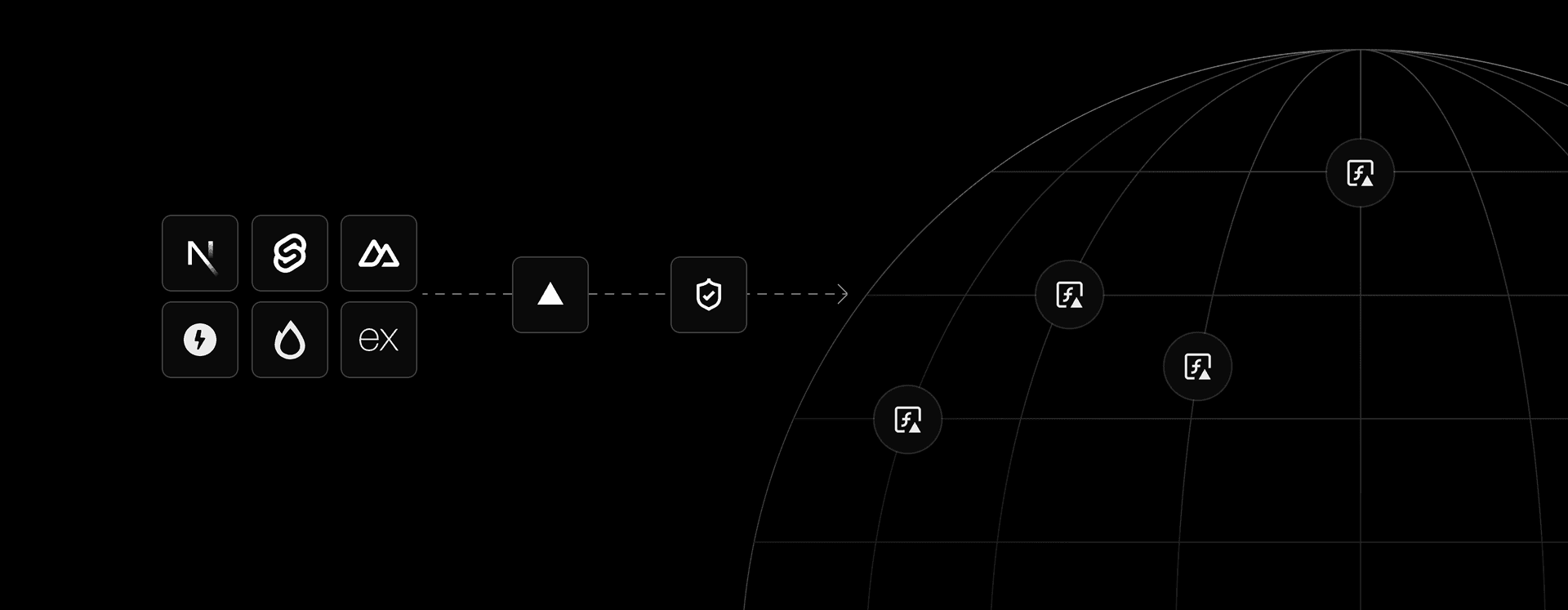
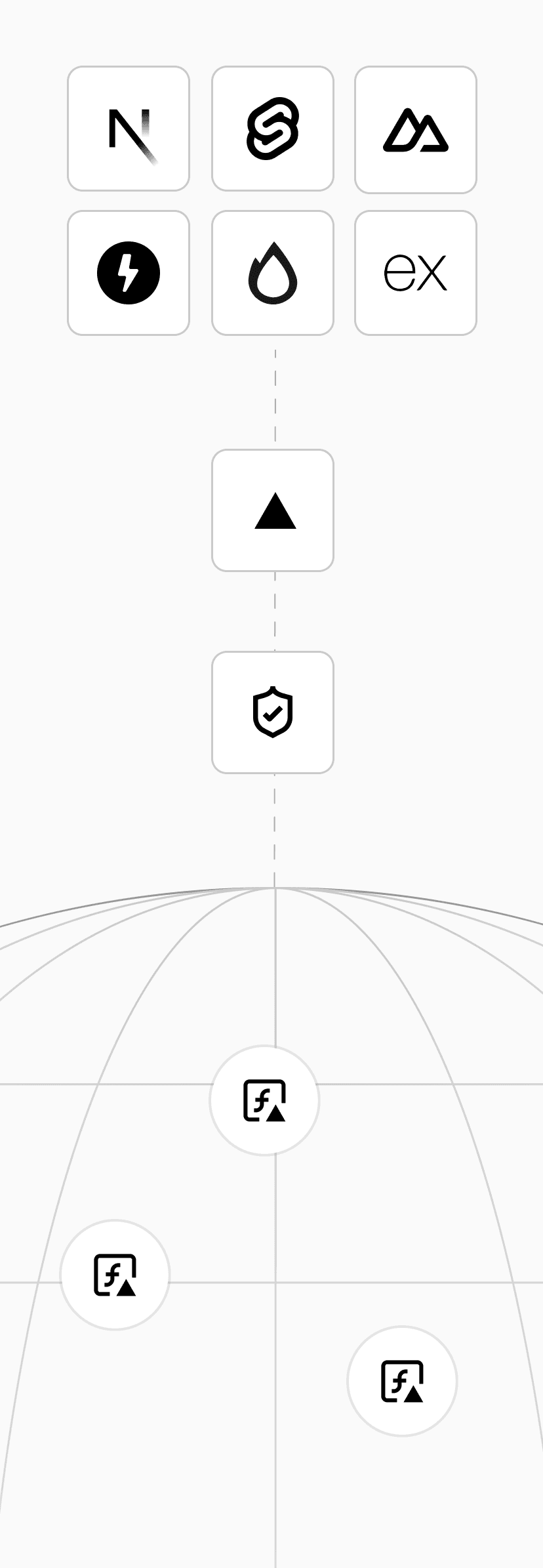
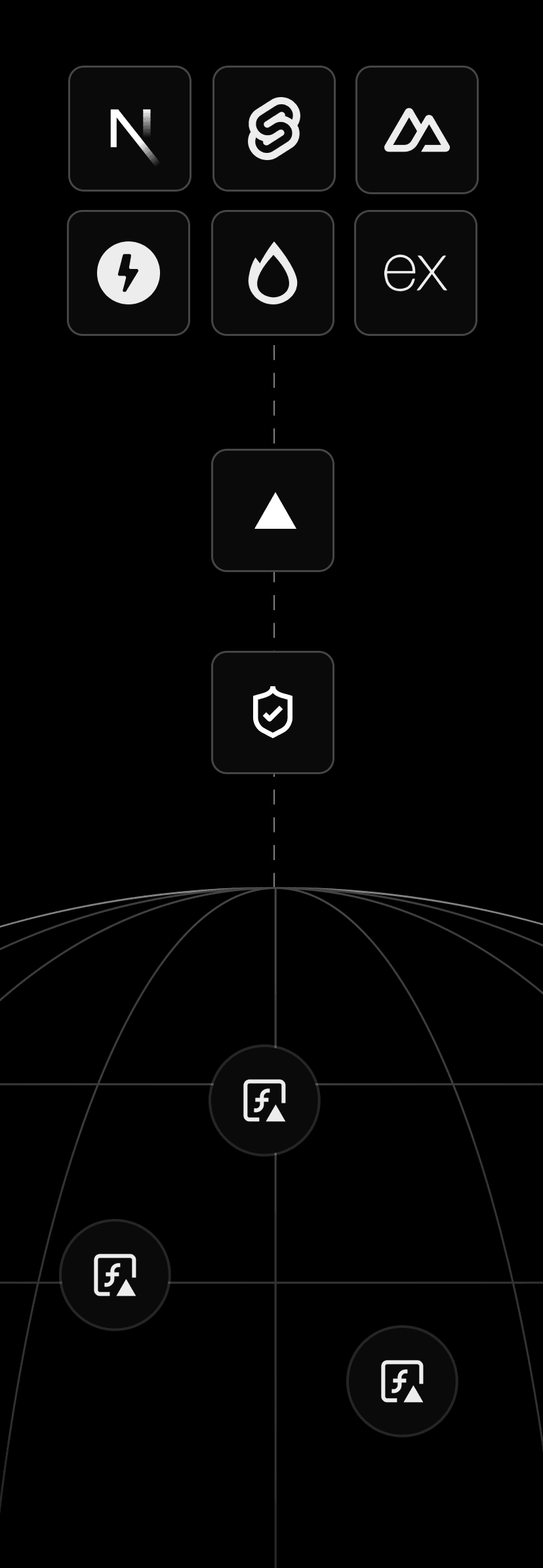
With framework-defined infrastructure, developers get to focus on their products while Vercel handles the cloud beneath them. Not just provisioning resources, but connecting, securing, and reinforcing them. Every resource must be available, scalable, and able to adapt to any level of demand. Some customers spike unpredictably while others run steady, high-volume workloads. The platform flexes for both.
Over the last 18 months, these patterns have evolved even further, and entirely new workloads have emerged. Applications now need to process tokens reliably, account for idle compute while LLMs reason, and run code generated by machines instead of just by engineers. These use cases demand new primitives built for AI workloads, but guided by the same principles of framework-defined infrastructure.
This is how the Vercel AI Cloud was born. With it, Vercel's platform has begun to define what fully managed infrastructure looks like in the AI era.
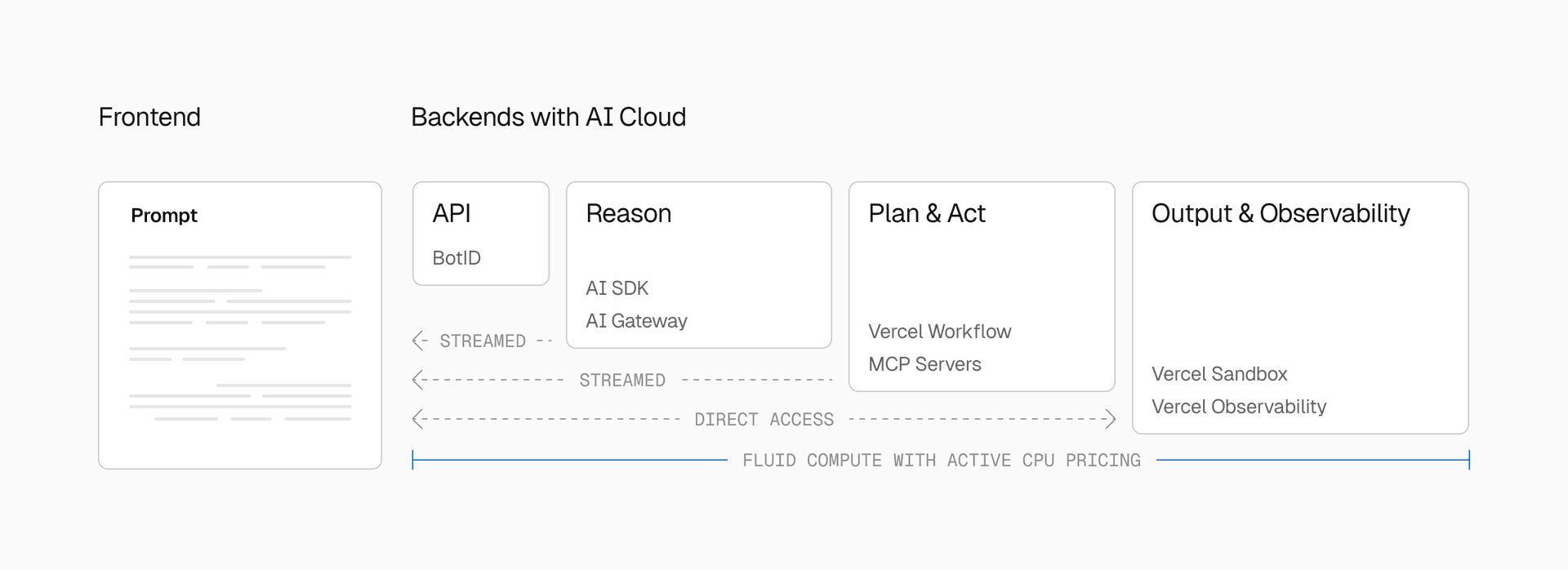
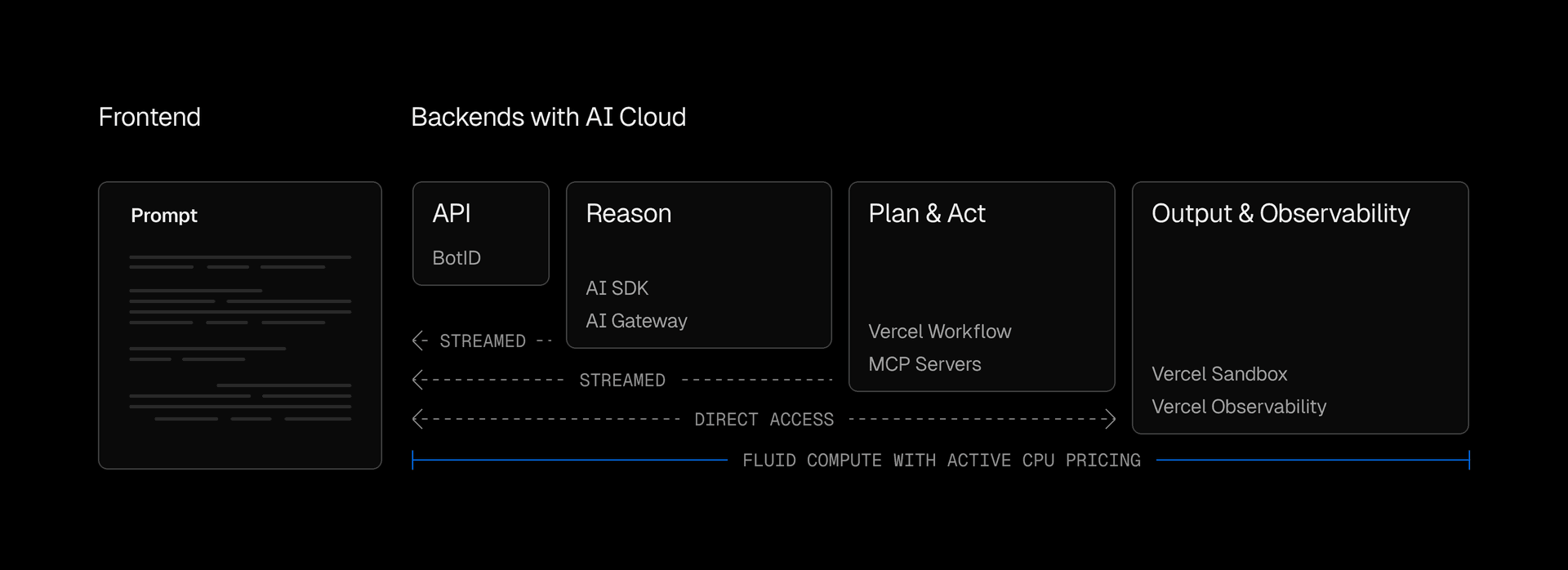

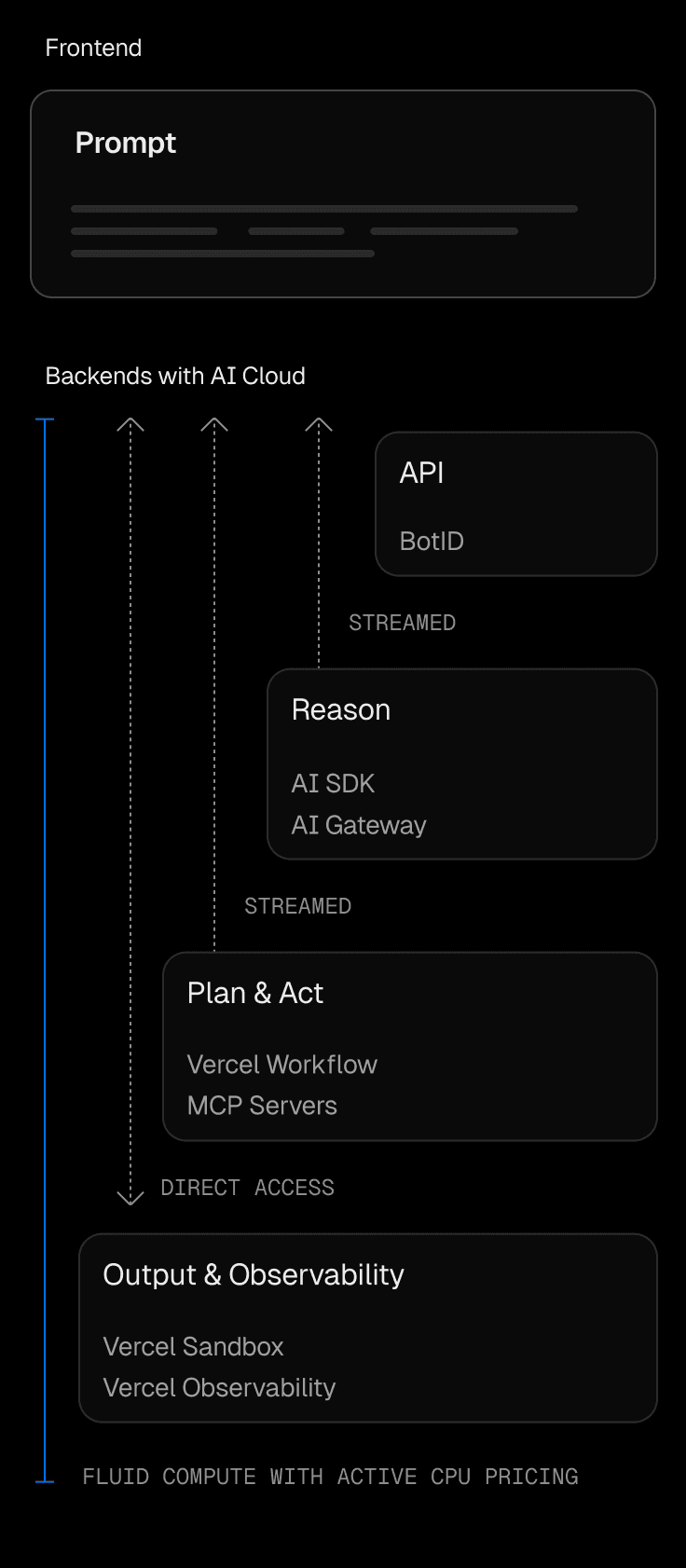
But real-world applications demand more than managed infrastructure. They fail, they get attacked, and they depend on fragile chains of services. Keeping them stable has always required human intervention.
Until now.
We asked ourselves: What if an AI agent could handle those operational challenges? What if infrastructure could drive itself?
That question became the blueprint for the next evolution of Vercel as a system that doesn’t just deploy and scale, but thinks, reacts, and adapts. A platform where intelligence becomes automation.
Link to headingAgentic infrastructure
Vercel Agent is our first step toward fully autonomous cloud operations.
Agent continuously observes the health and behavior of your deployments. When anomalies occur, it can:
Investigate irregularities across your infrastructure
Run observability queries, read logs, and analyze source code
Perform automated root-cause analyses
Agent might detect a traffic surge that stems from a marketing campaign, meaning all is working as intended. Or it could identify a distributed credential-stuffing attack from a non-revenue region and recommend tightening rate limits or enabling Bot Protection.
But Agent isn’t just about spotting issues when they happen. It’s also about preventing them in the first place.
Because your code is the input to your infrastructure, early detection of problems in new code is essential. Before code deploys and reaches your users, Agent’s AI code review tests it in isolated sandboxes to uncover bugs, security flaws, and performance regressions early.
Link to headingThe future of on-call
Vercel Agent specializes in production operations and security. It augments expert teams and dramatically improves detection and response times.
Think of it as your application's first responder. Agent can identify issues early, run full investigations when triggered, and call for human help only when truly needed.
Stability and security remain our top priorities. That’s why we’re advancing toward full agentic control with care and transparency. For now, every recommendation still requires human approval, but over time, more tasks will move to full autonomy.
This lets operations teams focus on higher-value work, like improving architecture and performance, while Vercel Agent takes the night shift, so they can rest easy.
Link to headingThe production-to-code feedback loop
Framework-defined infrastructure created a one-way path from code to infrastructure. But many of the most valuable insights emerge only in production: cache behavior, performance bottlenecks, real user metrics.
Vercel Agent closes the loop. By analyzing production data, it can generate pull requests that strengthen your app’s stability, security, and performance, based on real-world conditions.



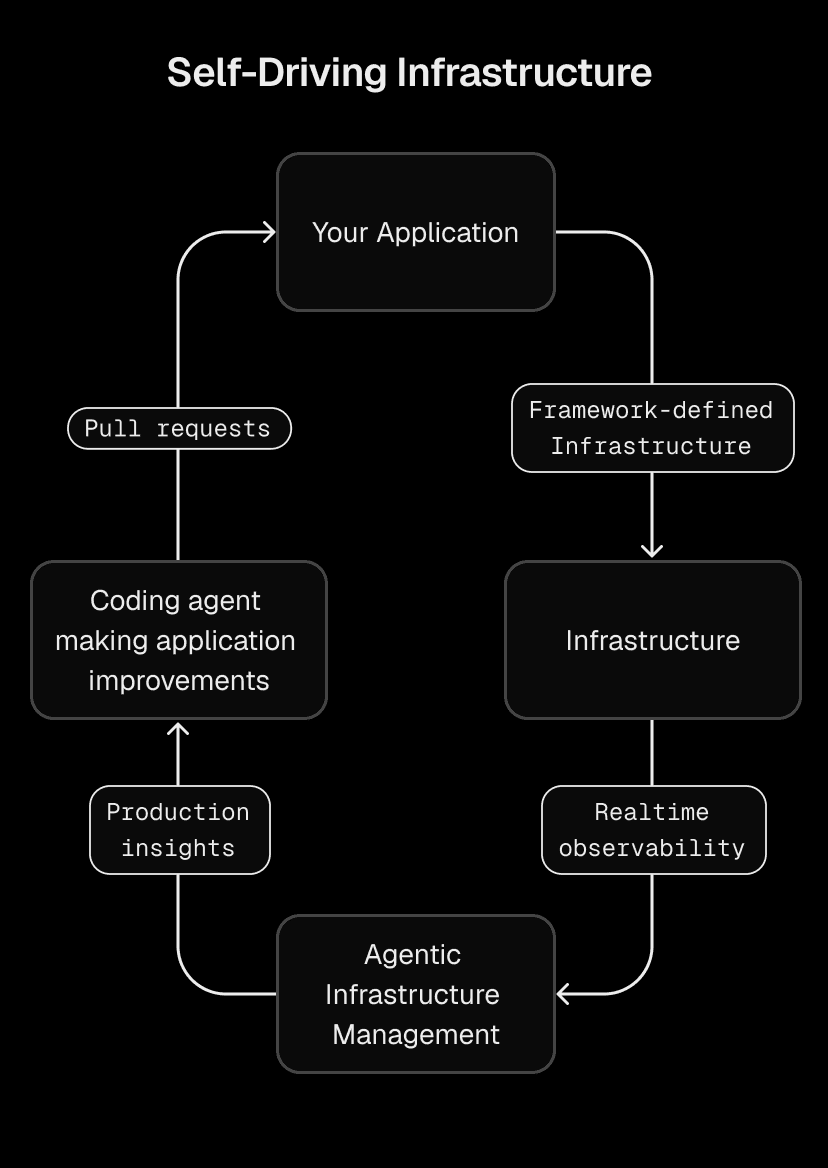
With SDI, Vercel completes the round-trip between code and production. Code defines infrastructure, production informs code, and infrastructure adapts automatically.
Link to headingHop in
Self-driving infrastructure is the logical evolution of how modern software should run in the AI-era. As systems become more distributed and teams spend more of their time focused on product velocity, the cloud needs to take on a greater share of operational responsibility.
By closing the loop between code and production, and introducing an agent that can interpret, respond, and make recommendations with context, we’re moving toward a model where reliability and performance improve continuously without added operational burden.
Hop in. The shift towards autonomous operations starts here.
Self-driving infrastructure webinar
Join us this Thursday, December 11th, at 11am PT to learn more about self-driving infrastructure
Register Now